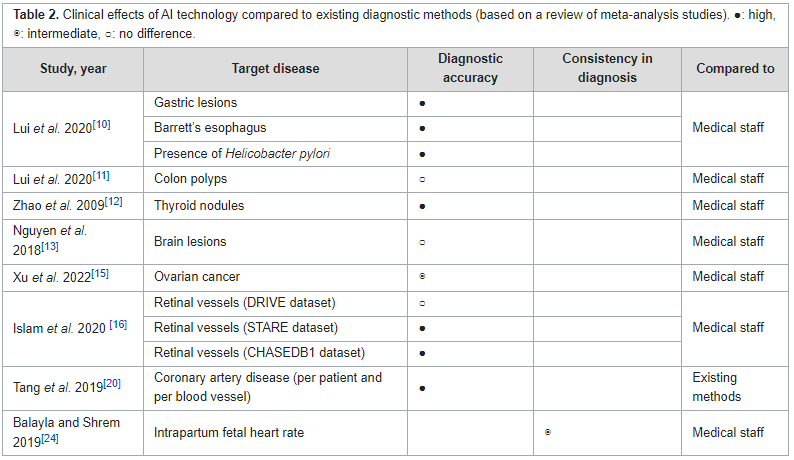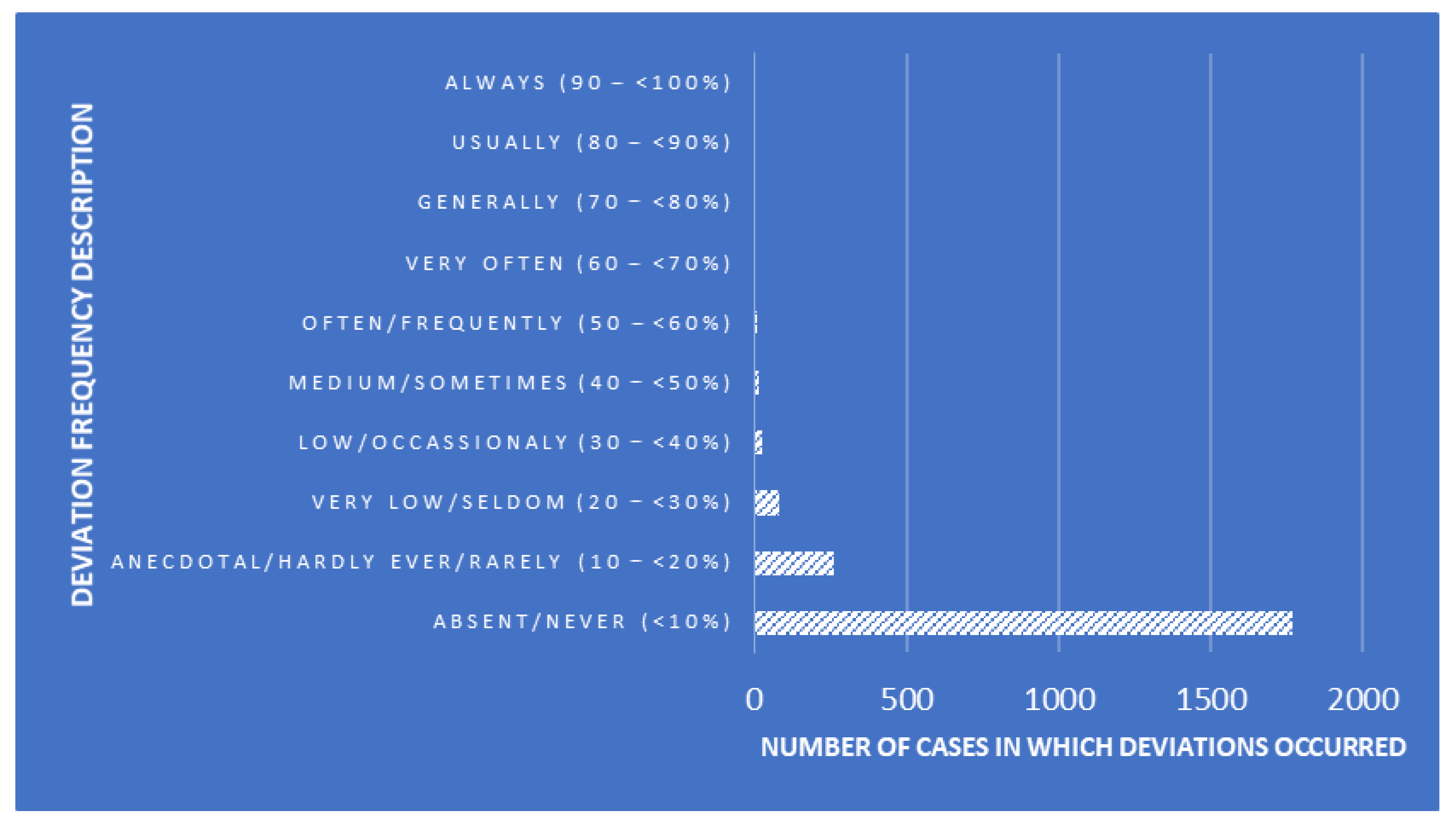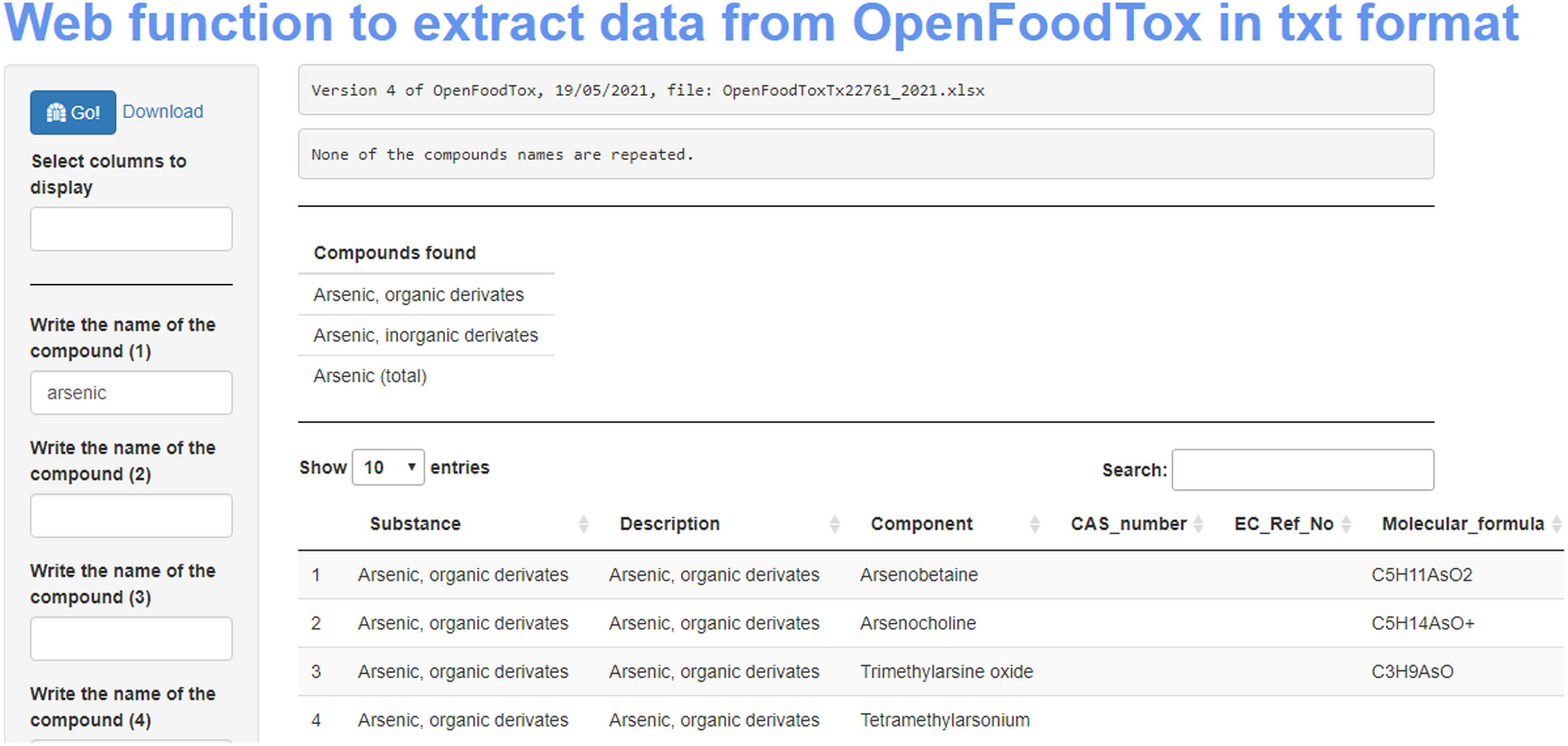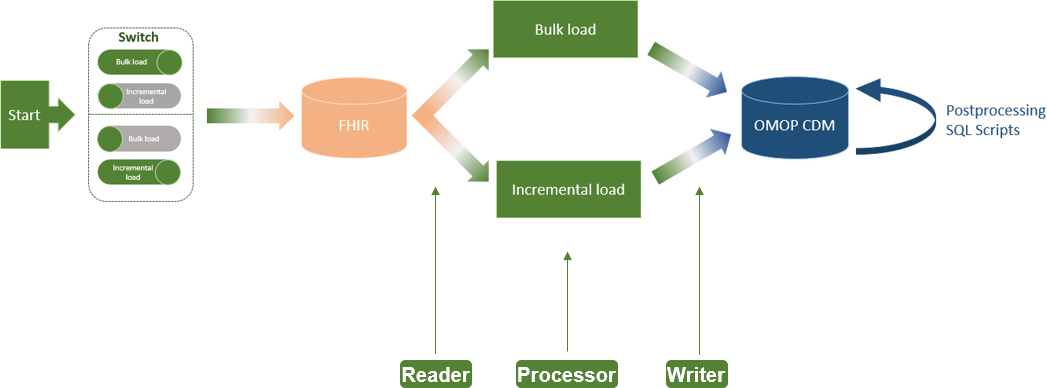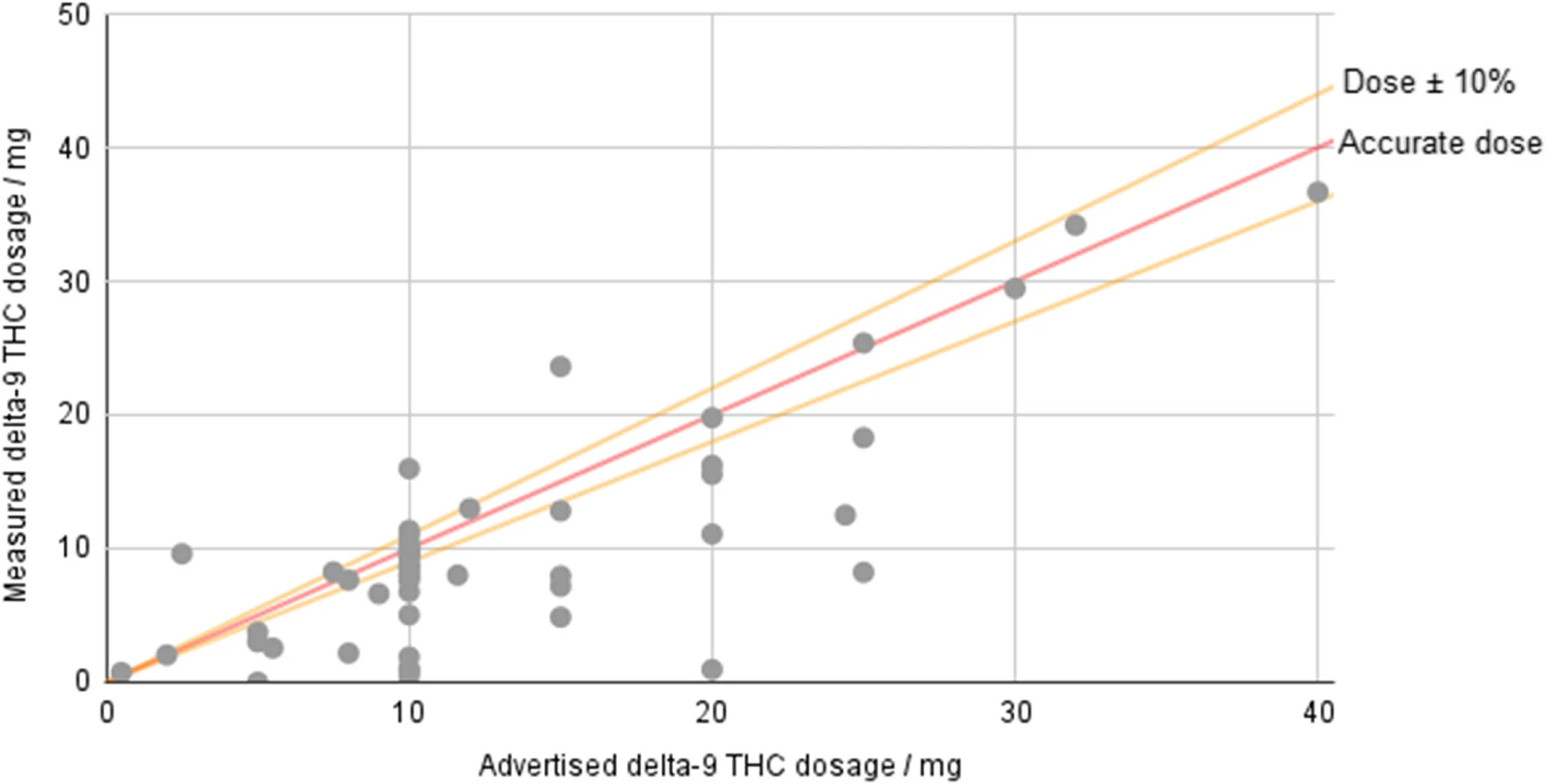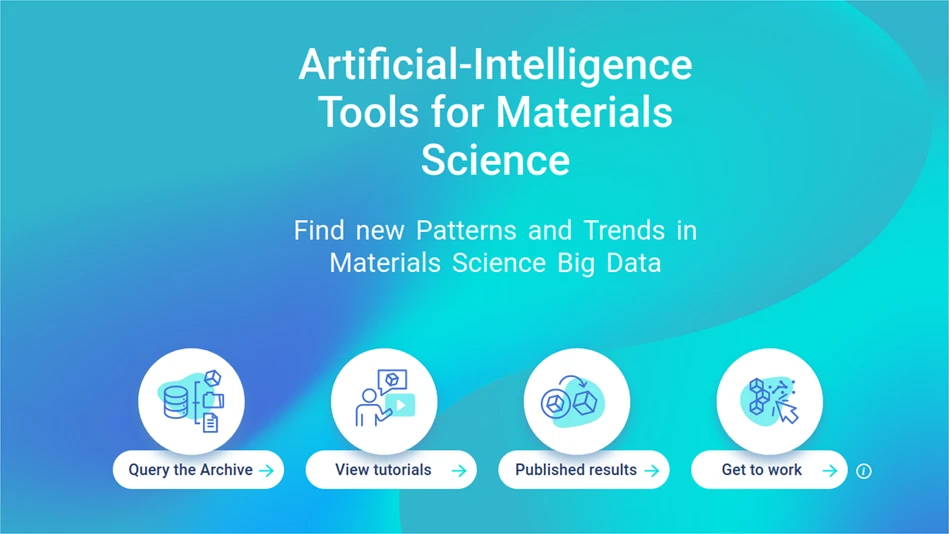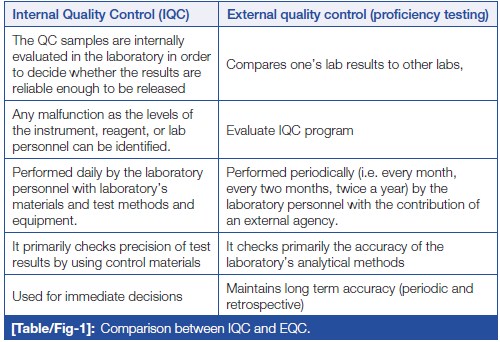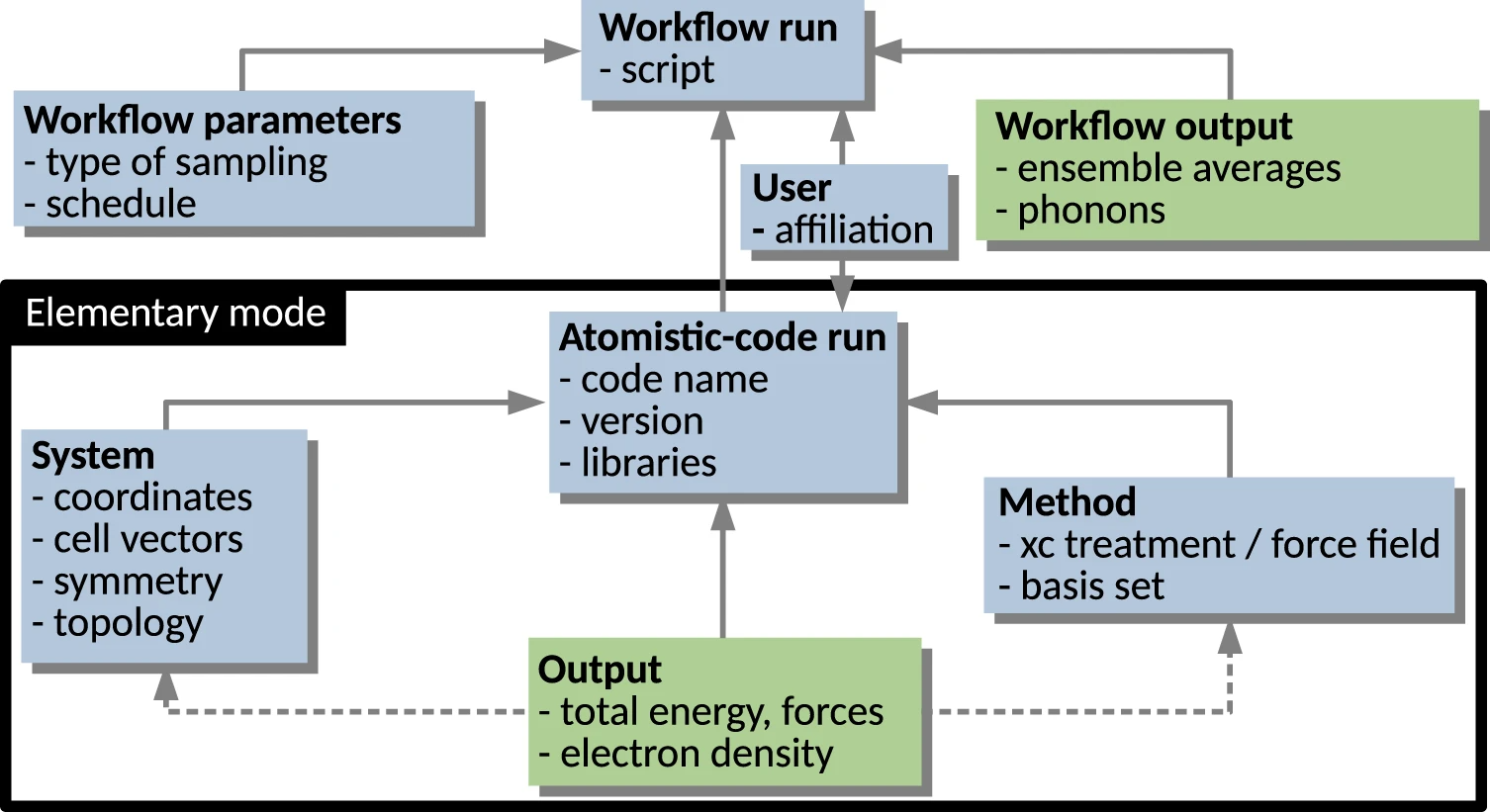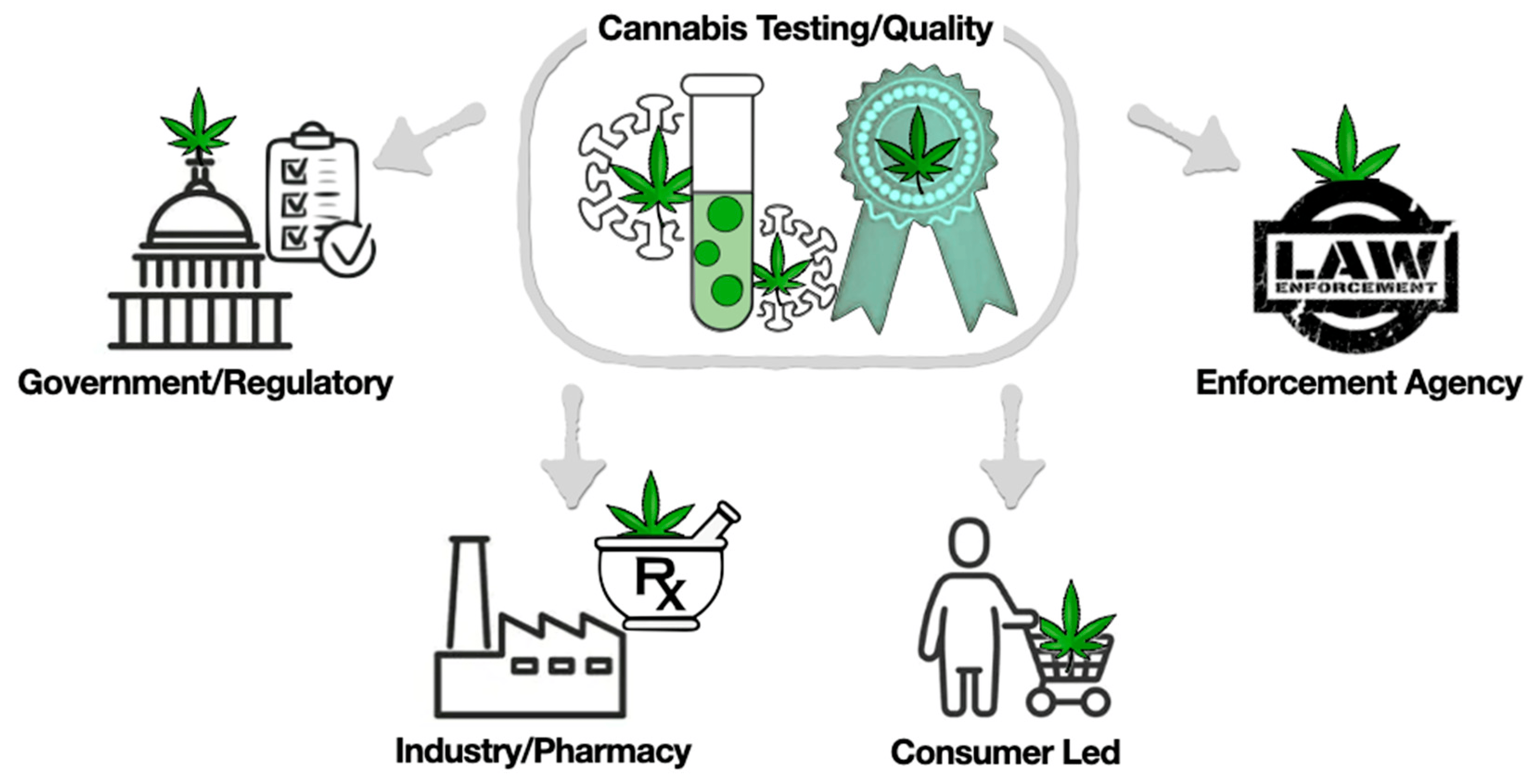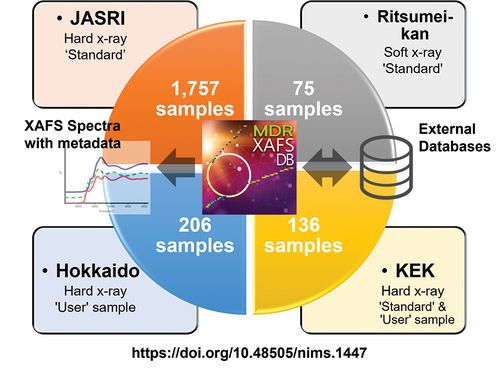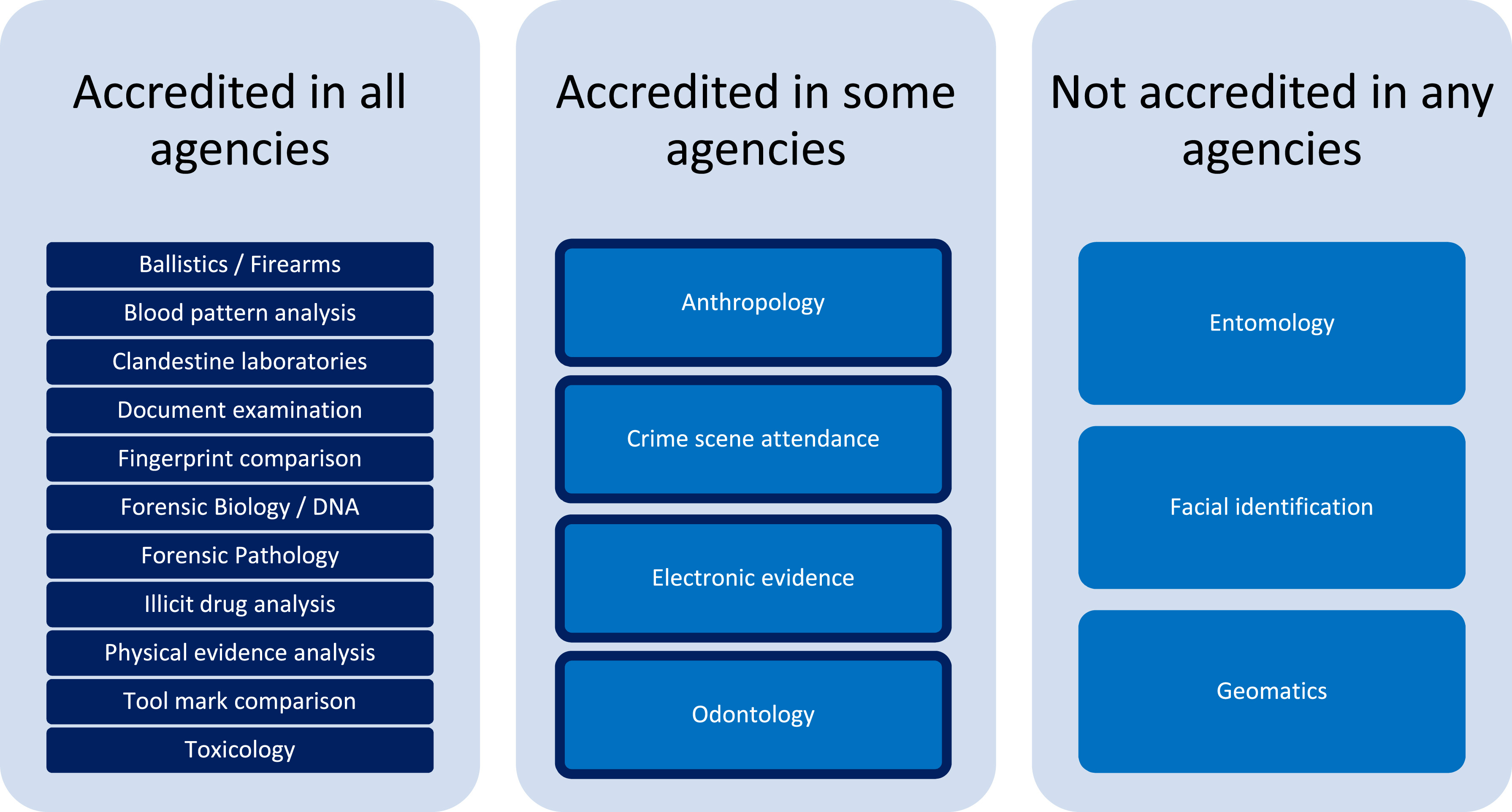Featured article of the week: March 11–17:"Benefits of information technology in healthcare: Artificial intelligence, internet of things, and personal health records"
Systematic evaluations of the benefits of health information technology (HIT) play an essential role in enhancing healthcare quality by improving outcomes. However, there is limited empirical evidence regarding the benefits of IT adoption in healthcare settings. This study aimed to review the benefits of artificial intelligence (AI), the internet of things (IoT), and personal health records (PHR), based on scientific evidence. The literature published in peer-reviewed journals between 2016 and 2022 was searched for systematic reviews and meta-analysis studies using the PubMed, Cochrane, and Embase databases. Manual searches were also performed using the reference lists of systematic reviews and eligible studies from major health informatics journals. The benefits of each HIT were assessed from multiple perspectives across four outcome domains ... (Full article...)
Featured article of the week: March 04–10:
"A quality assurance discrimination tool for the evaluation of satellite laboratory practice excellence in the context of European regulatory meat inspection for Trichinella spp."
Trichinellosis is a parasitic foodborne zoonotic disease transmitted by ingestion of raw or undercooked meat containing the first larval stage (L1) of the nematode. To ensure the quality and safety of food intended for human consumption, meat inspection for detection of Trichinella spp. larvae is a mandatory procedure per European Union (E.U.) regulations. The implementation of quality assurance (QA) practices in laboratories that are responsible for Trichinella spp. detection is essential given that the detection of this parasite is still a pivotal threat to public health, and it is included in List A of Annex I, Directive 2003/99/EC, which determines the agents to be monitored on a mandatory basis ... (Full article...)
|
Featured article of the week: February 26–March 03:
"Developing a framework for open and FAIR data management practices for next generation risk- and benefit assessment of fish and seafood"
Risk and risk–benefit assessments of food are complex exercises, in which access to and use of several disconnected individual stand-alone databases is required to obtain hazard and exposure information. Data obtained from such databases ideally should be in line with the FAIR principles, i.e. the data must be findable, accessible, interoperable, and reusable. However, often cases are encountered when one or more of these principles are not followed. In this project, we set out to assess if existing commonly used databases in risk assessment are in line with the FAIR principles ... (Full article...)
|
Featured article of the week: February 19–25:
"An extract-transform-load process design for the incremental loading of German real-world data based on FHIR and OMOP CDM: Algorithm development and validation"
In the Medical Informatics in Research and Care in University Medicine (MIRACUM) consortium, an IT-based clinical trial recruitment support system was developed based on the Observational Medical Outcomes Partnership (OMOP) Common Data Model (CDM). Currently, OMOP CDM is populated with German Fast Healthcare Interoperability Resources (FHIR) data using an extract-transform-load (ETL) process, which was designed as a bulk load. However, the computational effort that comes with an everyday full load is not efficient for daily recruitment ... (Full article...)
|
Featured article of the week: February 12–18:
"Potency and safety analysis of hemp-derived delta-9 products: The hemp vs. cannabis demarcation problem"
Hemp-derived delta-9-tetrahydrocannabinol (Δ9-THC) products are freely available for sale across much of the USA, but the federal legislation allowing their sale places only minimal requirements on companies. Products must contain no more than 0.3% Δ9-THC by dry weight, but no limit is placed on overall dosage, and there is no requirement that products derived from hemp-based Δ9-THC be tested. However, some states—such as Colorado—specifically prohibit products created by “chemically modifying” a natural hemp component. Fifty-three hemp-derived Δ9-THC products were ordered and submitted to InfiniteCAL laboratory for analysis ... (Full article...)
|
Featured article of the week: February 05–11:
"The NOMAD Artificial Intelligence Toolkit: Turning materials science data into knowledge and understanding"
We present the Novel Materials Discovery (NOMAD) Artificial Intelligence (AI) Toolkit, a web-browser-based infrastructure for the interactive AI-based analysis of materials science data under FAIR (findable, accessible, interoperable, and reusable) data principles. The AI Toolkit readily operates on FAIR data stored in the central server of the NOMAD Archive, the largest database of materials science data worldwide, as well as locally stored, user-owned data. The NOMAD Oasis, a local, stand-alone server can also be used to run the AI Toolkit. By using Jupyter Notebooks that run in a web-browser, the NOMAD data can be queried and accessed; data mining, machine learning (ML), and other AI techniques can then be applied to analyze them ... (Full article...)
|
Featured article of the week: January 29–February 04:
"Quality control in the clinical biochemistry laboratory: A glance"
[Quality control]] (QC) is a process, designed to ensure reliable test results. It is part of overall laboratory quality management in terms of accuracy, reliability, and timeliness of reported test results. Two types of QC are exercised in clinical biochemistry: internal QC (IQC) and external quality assurance (QA). IQC represents the quality methods performed every day by laboratory personnel with the laboratory’s materials and equipment. It primarily checks the precision (i.e., repeatability or reproducibility) of the test method. External quality assurance service (EQAS) is performed periodically (i.e., every month, every two months, twice a year) by the laboratory personnel, who primarily are checking the accuracy of the laboratory’s analytical methods ... (Full article...)
|
Featured article of the week: January 22–28:
"Shared metadata for data-centric materials science"
The expansive production of data in materials science, as well as their widespread sharing and repurposing, requires educated support and stewardship. In order to ensure that this need helps rather than hinders scientific work, the implementation of the FAIR data principles (that ask for data and information to be findable, accessible, interoperable, and reusable) must not be too narrow. At the same time, the wider materials science community ought to agree on the strategies to tackle the challenges that are specific to its data, both from computations and experiments. In this paper, we present the result of the discussions held at the workshop on “Shared Metadata and Data Formats for Big-Data Driven Materials Science.” ... (Full article...)
|
Featured article of the week: January 15–21:
"A metabolomics and big data approach to cannabis authenticity (authentomics)"
With the increasing accessibility of cannabis (Cannabis sativa L., also known as marijuana and hemp), its products are being developed as extracts for both recreational and therapeutic use. This has led to increased scrutiny by regulatory bodies, who aim to understand and regulate the complex chemistry of these products to ensure their safety and efficacy. Regulators use targeted analyses to track the concentration of key bioactive metabolites and potentially harmful contaminants, such as heavy metals and other impurities. However, the complexity of cannabis' metabolic pathways requires a more comprehensive approach. A non-targeted metabolomic analysis of cannabis products is necessary to generate data that can be used to determine their authenticity and efficacy ... (Full article...)
|
Featured article of the week: January 08–14:
"Integration of X-ray absorption fine structure databases for data-driven materials science"
With the aim of introducing data-driven science and establishing an infrastructure for making X-ray absorption fine structure (XAFS) spectra findable and reusable, we have integrated XAFS databases in Japan. This integrated database (MDR XAFS DB) enables cross searching of spectra from more than 2,000 samples and more than 700 unique materials with machine-readable metadata. The introduction of a materials dictionary with approximately 6,000 synonyms has improved the search performance, and links with large external databases have been established. In order to compare spectra in the database, the energy calibration policies of each institution were compiled, and the energy calibration methods across institutions were shown ... (Full article...)
|
Featured article of the week: January 01–07:
"Management and disclosure of quality issues in forensic science: A survey of current practice in Australia and New Zealand"
The investigation of quality issues detected within the forensic process is a critical feature in robust quality management systems (QMSs) to provide assurance of the validity of reported laboratory results and inform strategies for continuous improvement and innovation. A survey was conducted to gain insight into the current state of practice in the management and handling of quality issues amongst the government service provider agencies of Australia and New Zealand. The results demonstrate the value of standardized quality system structures for the recording and management of quality issues, but also areas where inconsistent reporting increases the risk of overlooking important data to inform continuous improvement ... (Full article...)
|
|
